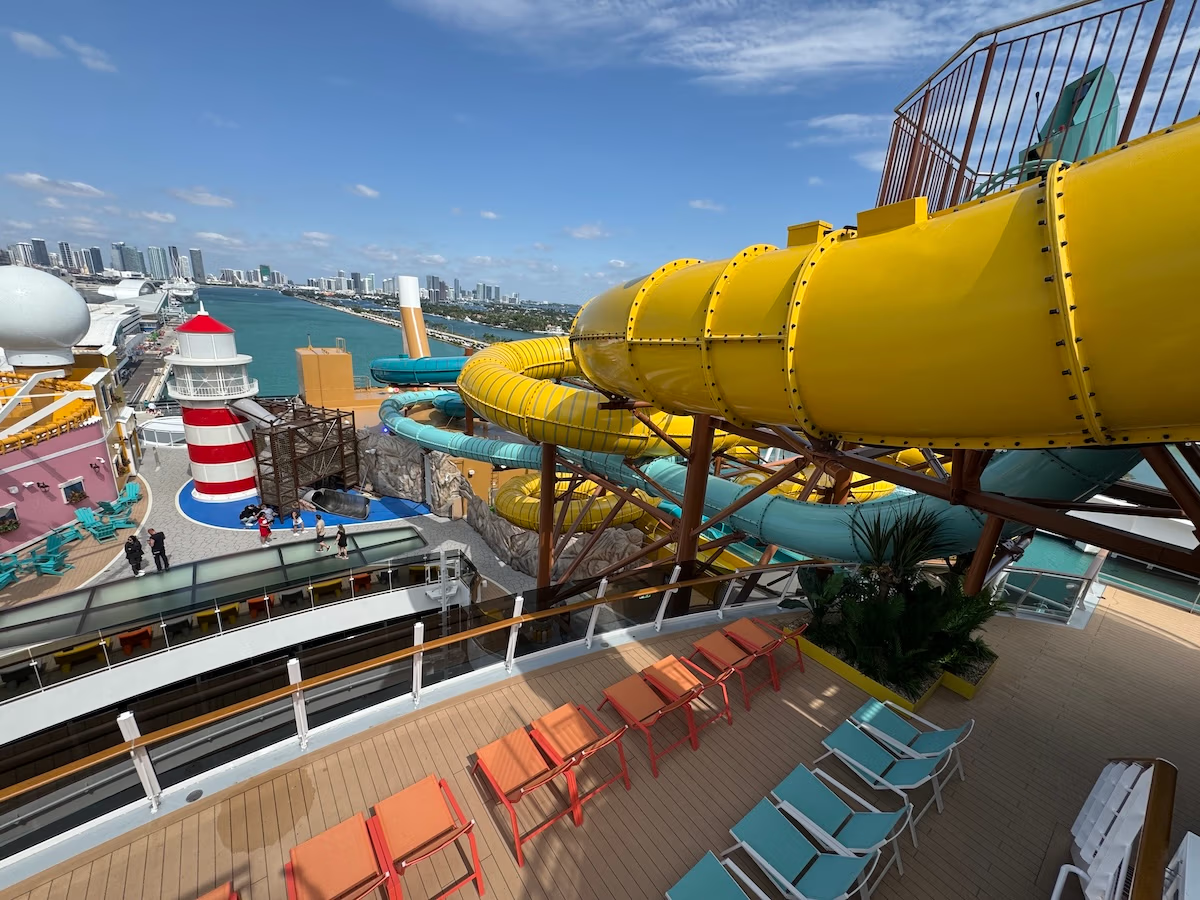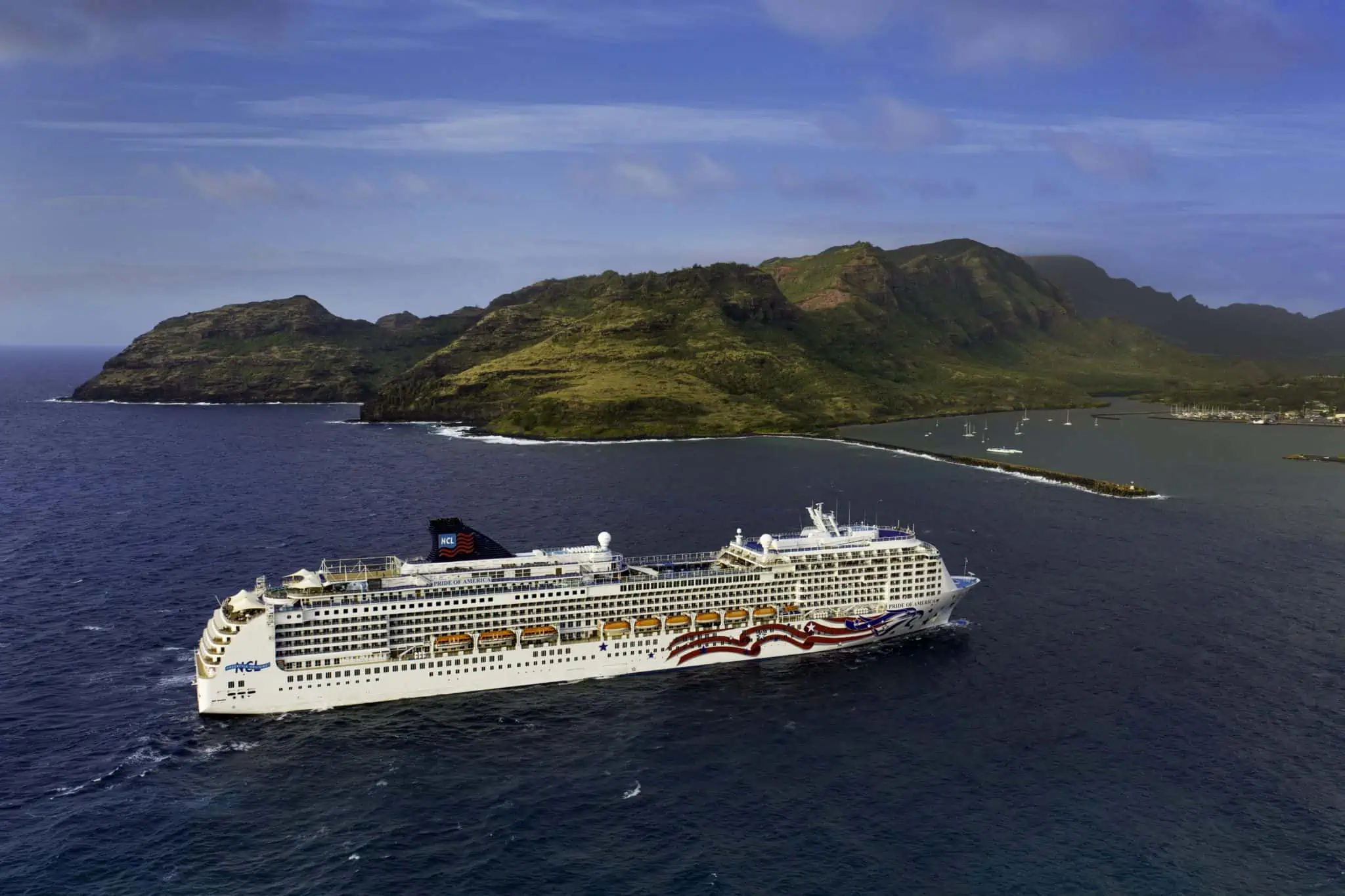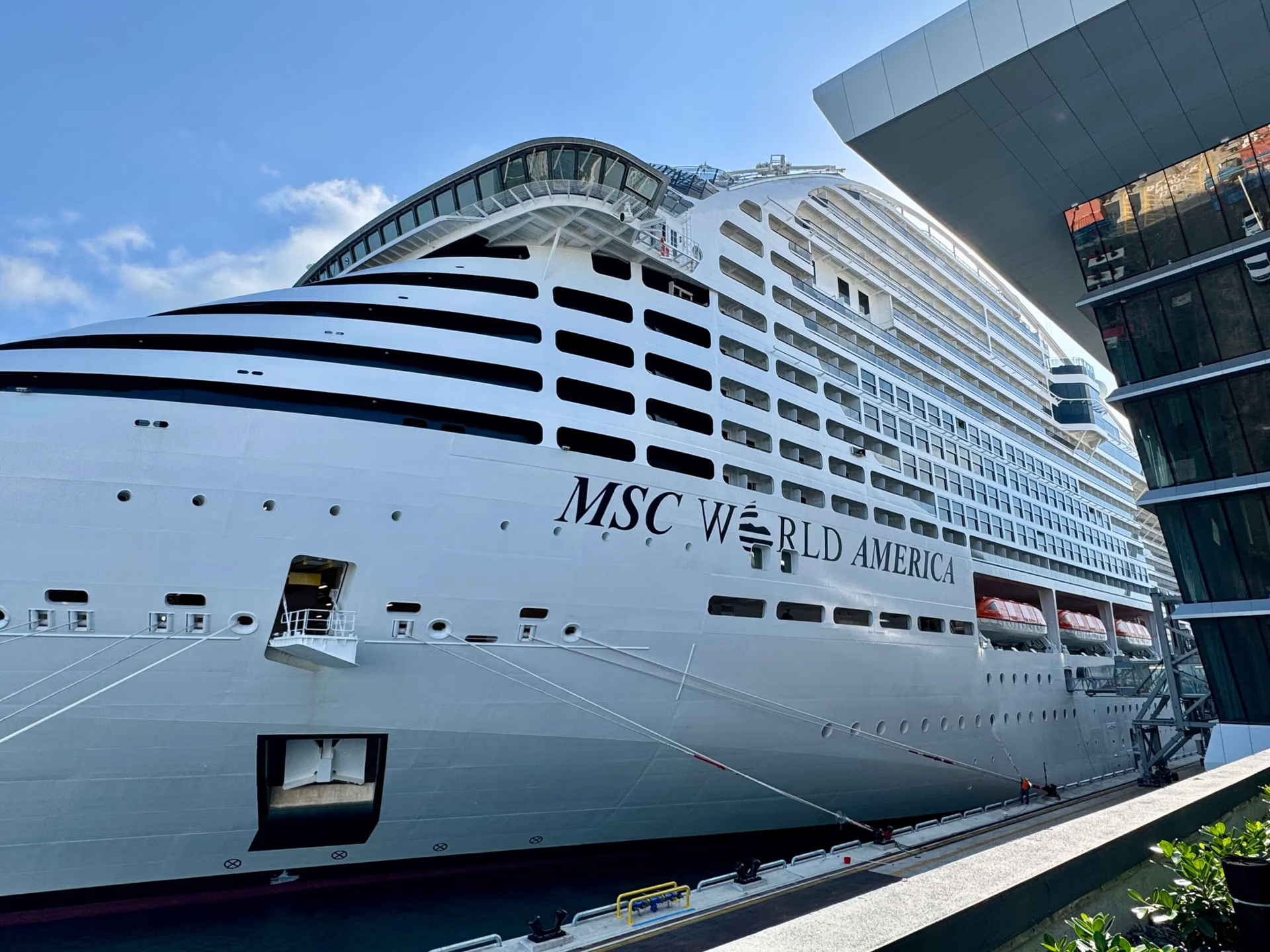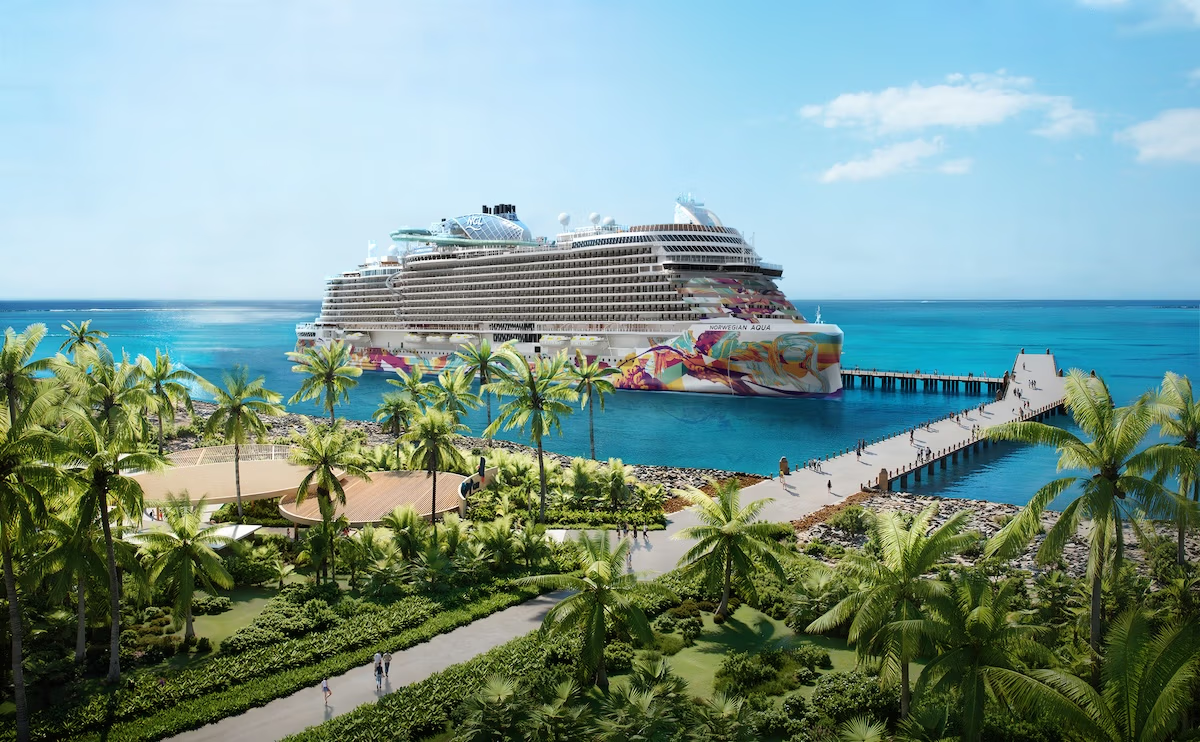The Centers for Disease Control and Prevention has laid off all civilian staff tied to its Vessel Sanitation Program (VSP), the agency responsible for overseeing cruise ship health inspections.

While the Department of Health and Human Services (HHS) insists the program will continue through U.S. Public Health Service officers, the abrupt cuts have brought confusion and concern within the cruise industry and public health circles.
An HHS spokesperson told CBS News that VSP operations are ongoing, with support from commissioned officers not impacted by the layoffs.
However, several CDC insiders say the reality is more complicated. The program has long been understaffed due to the travel demands of the job, and losing prominent personnel—including its top epidemiologist—raises doubts about its ability to keep up with inspections and outbreak response on cruise ships.

Cruise ships departing from North America undergo two annual inspections by the CDC to ensure cleanliness standards are met. The VSP is a voluntary program funded by cruise operators, who pay a fee based on gross tonnage.
Read: The 25 Cleanest Cruise Ships in 2024
A former cruise ship hotel director told Cruise Radio, “Ships are held to incredibly high standards. One small issue makes headlines. Honestly, I’ve seen cruise ship galleys cleaner than many restaurants on land.”
Former VSP director Erik Svendsen questioned how the team could function without civilian support, especially during the current uptick in gastrointestinal illnesses.
Cruise Industry Response
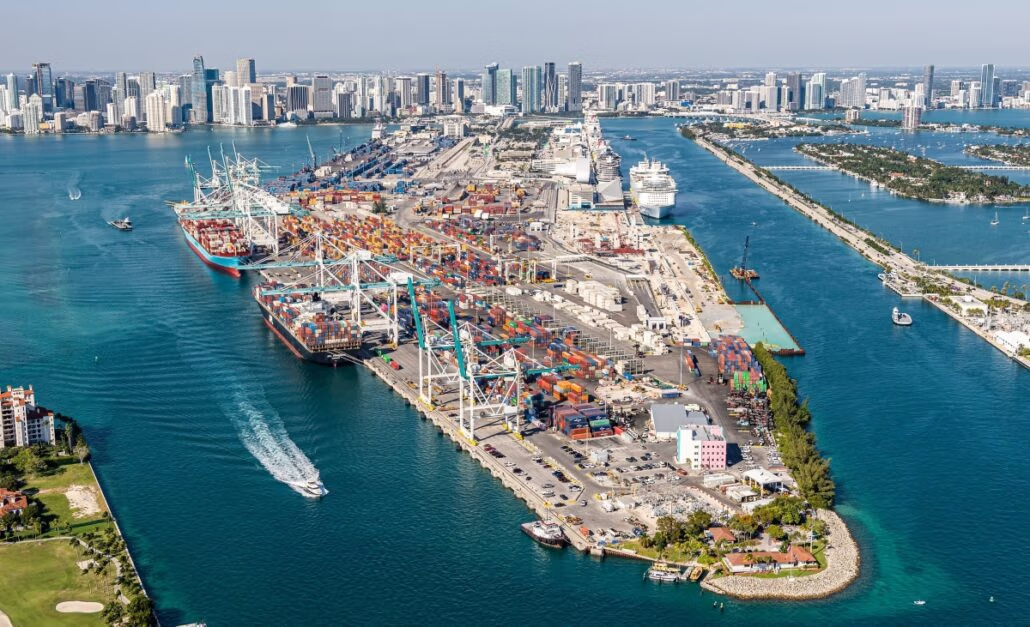
The Cruise Lines International Association (CLIA) responded to the news, noting the cruise industry’s strong health protocols.
“The cruise industry is a model for health and wellness protocols and practices,” a spokesperson told Cruise Radio. “GI illnesses are extremely rare on cruise ships — whereas on land, there is a 1 in 15 chance compared to just 1 in 5,500 on board a cruise ship.”
CLIA also noted that cruise lines are the only travel sector required to routinely report illnesses to the CDC, calling the VSP a cornerstone of transparency and public health.
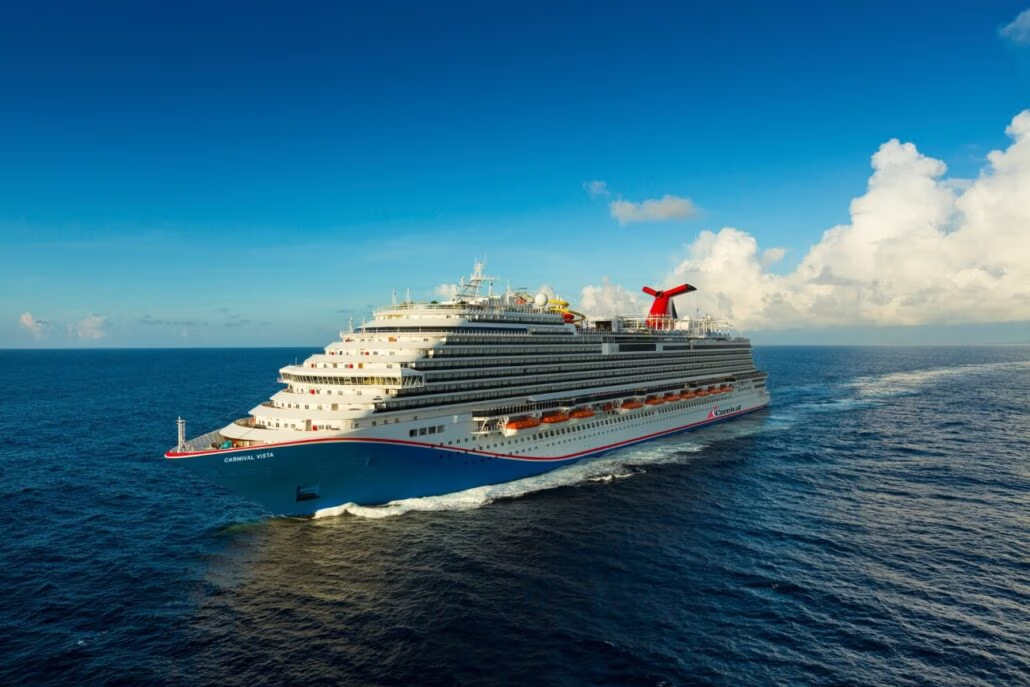
They explained that the wide availability of the cruise industry’s health data is often confused with a higher incidence rate for illnesses onboard cruise ships vs. in other settings.
For example, GI illnesses are extremely rare on cruise ships. There is a 1 in 15 chance on land compared to just 1 in 5,500 on board a cruise ship.
So far in 2025, 12 shipboard outbreaks have been reported, compared to 18 outbreaks in 2024—most linked to norovirus.

